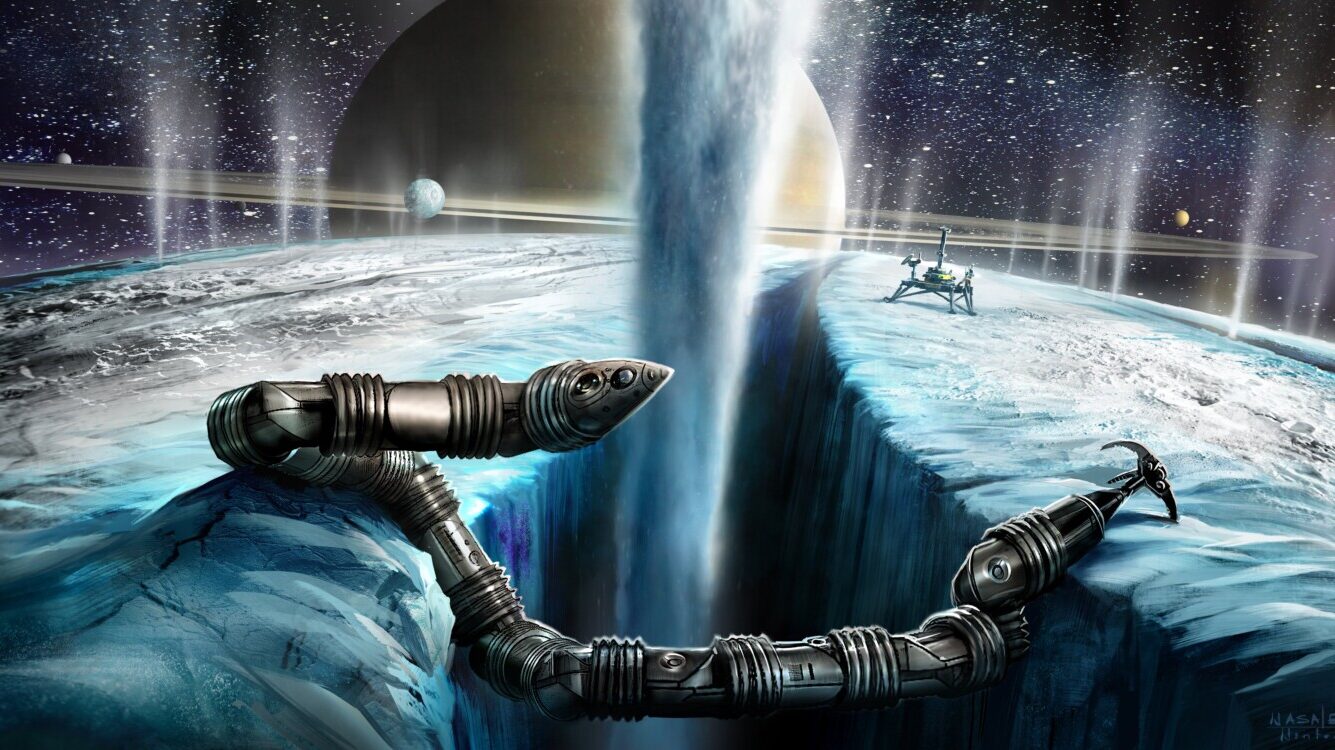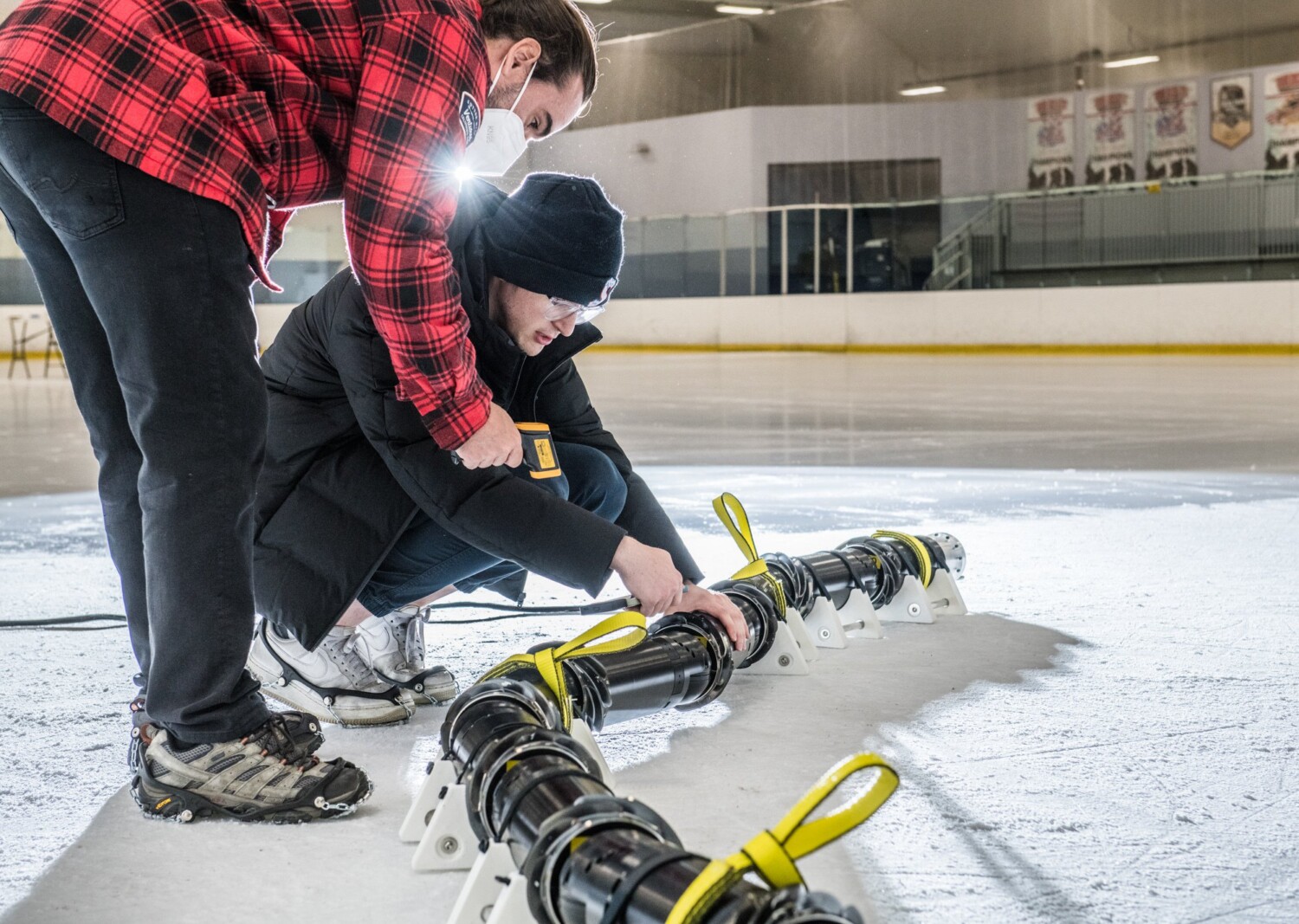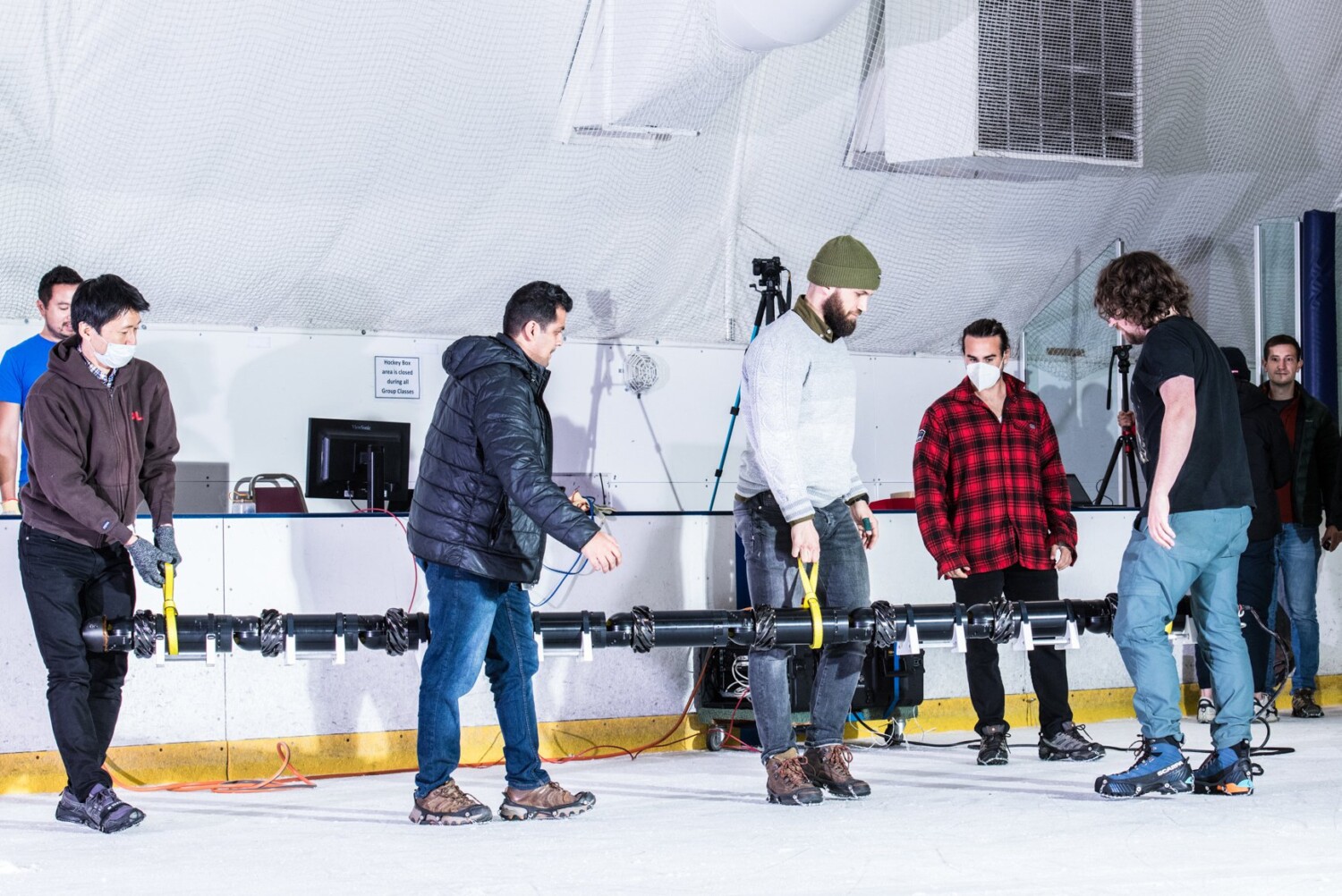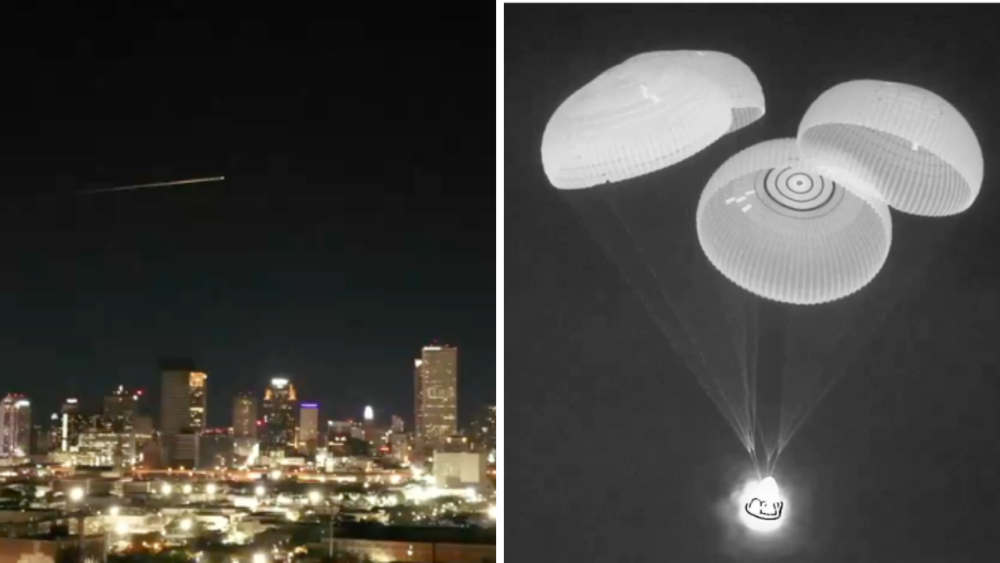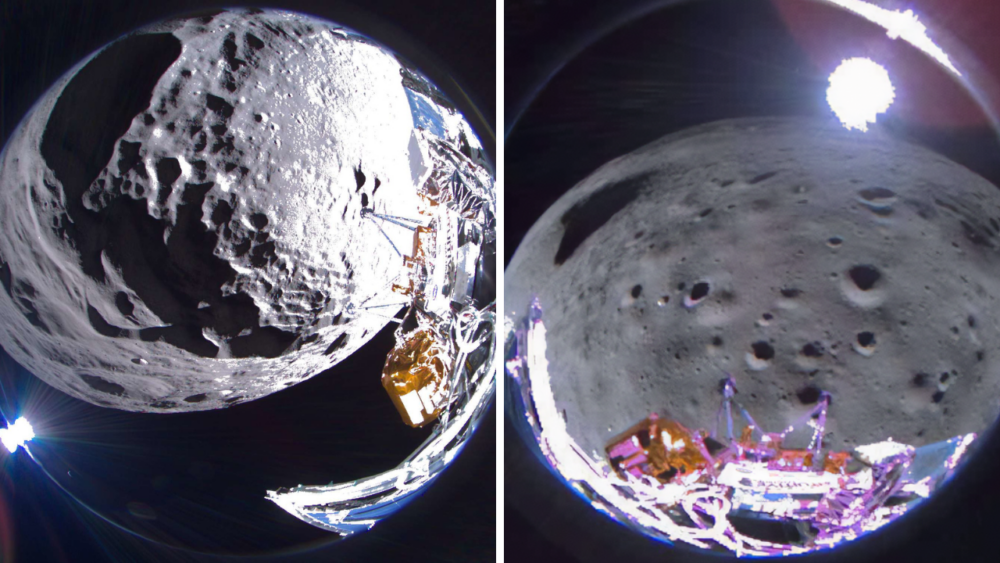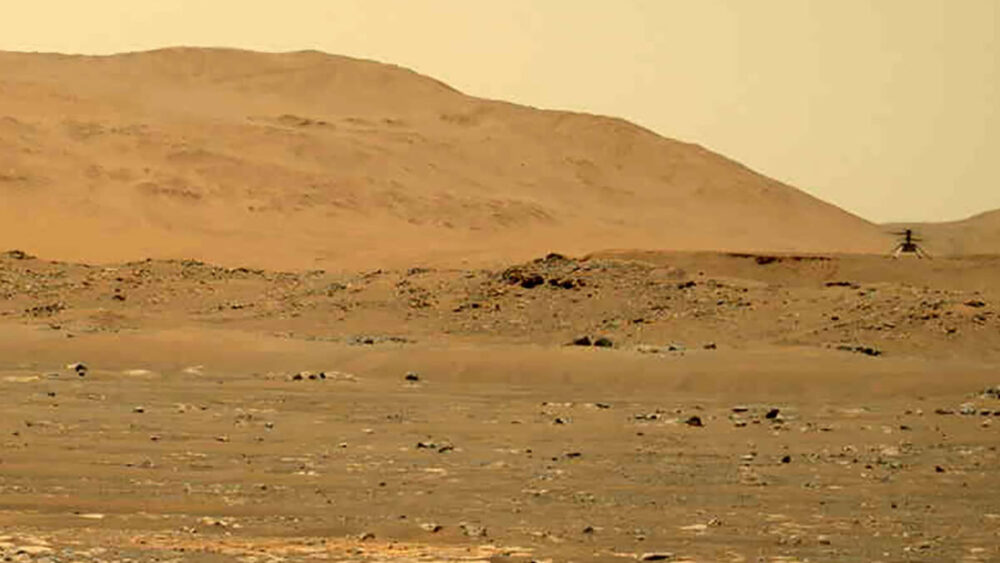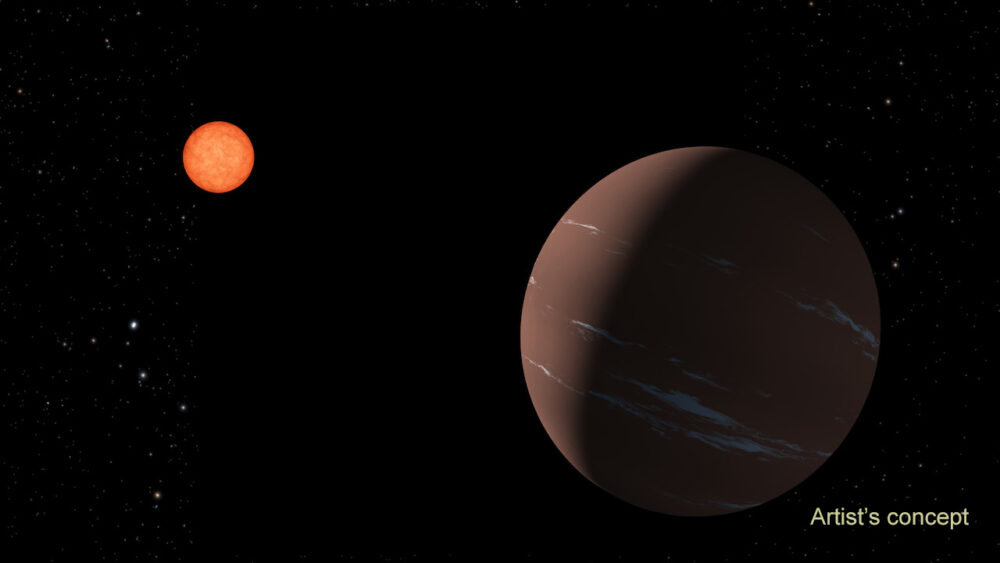NASA’s snake-like ‘EELS’ robot may search for life on an icy moon
NASA’s Jet Propulsion Laboratory (JPL) at the California Institute of Technology has developed a snake-like robot with a pretty unique mission in mind: searching for life on one of Saturn’s moons.
Nicknamed EELS, the JPL describes the Exobiology Extant Life Surveyor robot as a “mobile instrument platform conceived to explore internal terrain structures.” The eel-shaped, segmented robot is designed to slither into previously inaccessible places, such as cracks in the ice sheet covering a vast ocean on a distant moon. It also has the ability to assess habitability and look for evidence of life wherever it is exploring.
The robot is made to adapt to its surroundings, including, according to JPL’s website.
MORE: NASA has confirmed a ‘Super-Earth’ planet that may have surface water
“The EELS architecture is a snake-like, self-propelled robot and made of multiple, identical, segments containing both the actuation and propulsion mechanisms as well as the power and communication electronics to drive them,” they write. “EELS uses first-of-a-kind rotating propulsion units that act as tracks, gripping mechanisms and propeller units underwater, enabling the robot to access a plume vent exit and follow it to its ocean source.”
While not ready just yet, the ultimate goal for EELS is to explore Enceladus, one of Saturn’s 83 moons. JPL says that data from NASA’s Cassini spacecraft that spent 13 years orbiting Saturn indicated that Enceladus has a liquid ocean under its icy surface, which means there could be signs of life.
“The plumes erupting from its surface are conduits directly to liquid water, potentially making this the easiest path to a habitable liquid ocean,” they write. “There are many hypothesized environmental conditions informed by proposed crevasse eruption models. These crevasse envelopes have driven every aspect of the EELS architecture to make it adaptable to the challenges it may face on this journey from the surface to the ocean.”
JPL says the robot’s ability to adapt means it may also be able to explore other areas that were previously unattainable, like Martian polar caps or even entering icy crevasses in glaciers here on Earth.
You can learn more about the technical aspects of EELS on NASA’s website and watch a video of how it works below:


